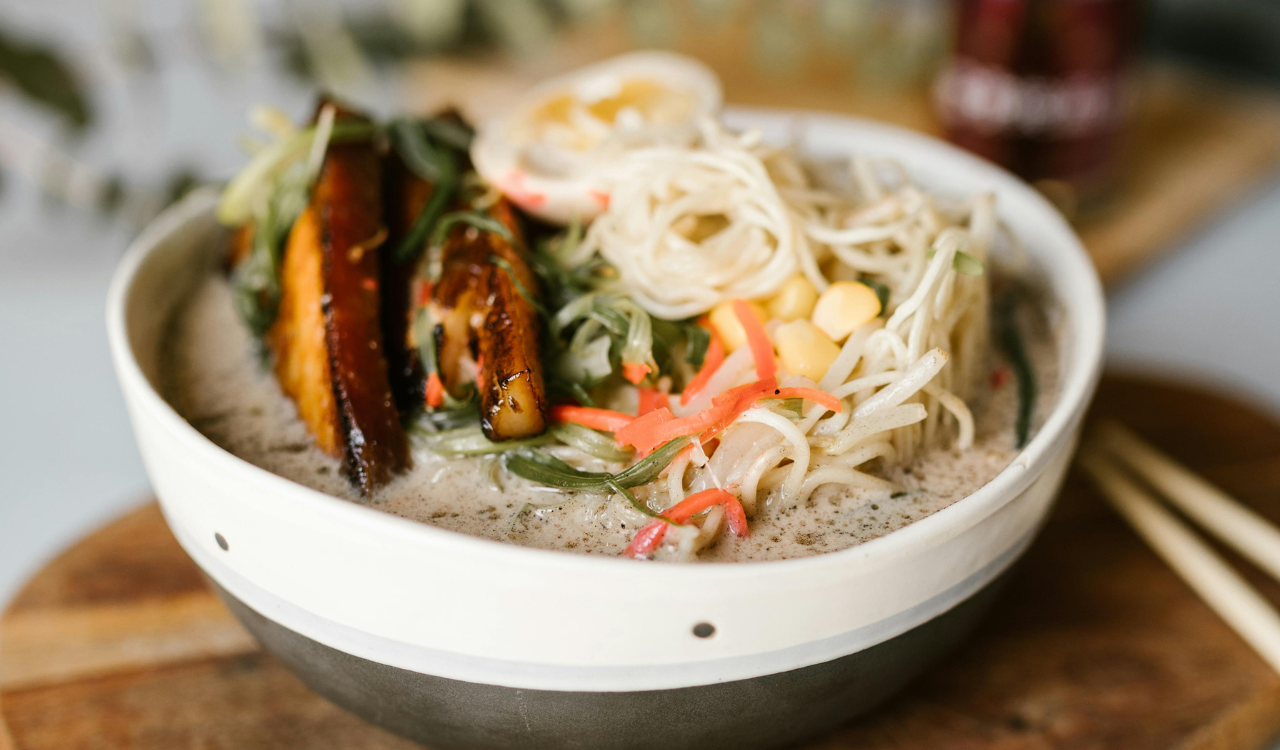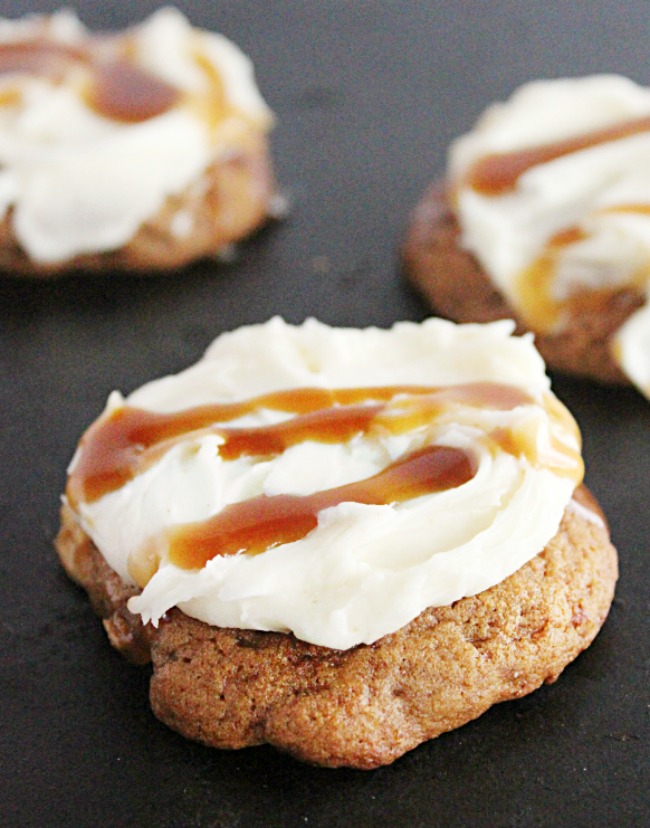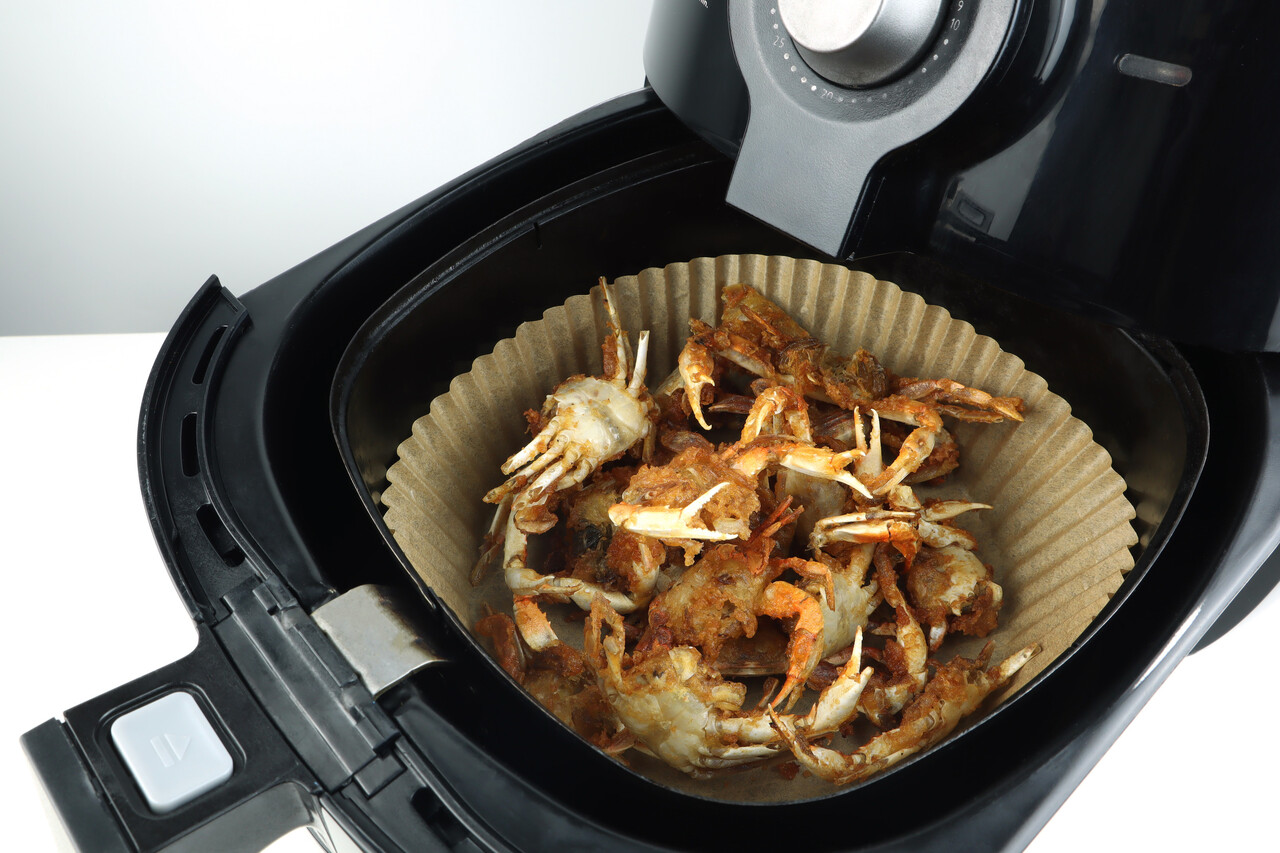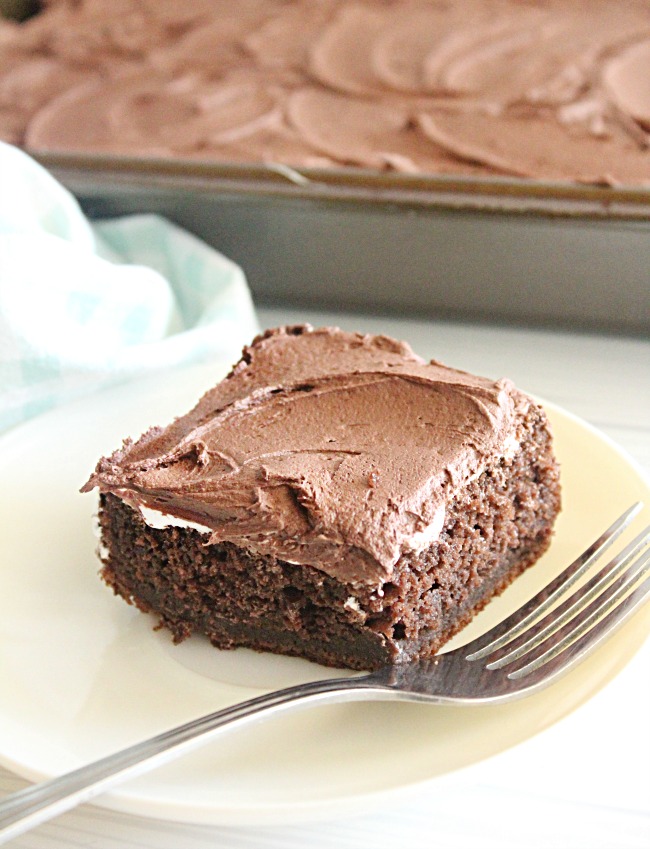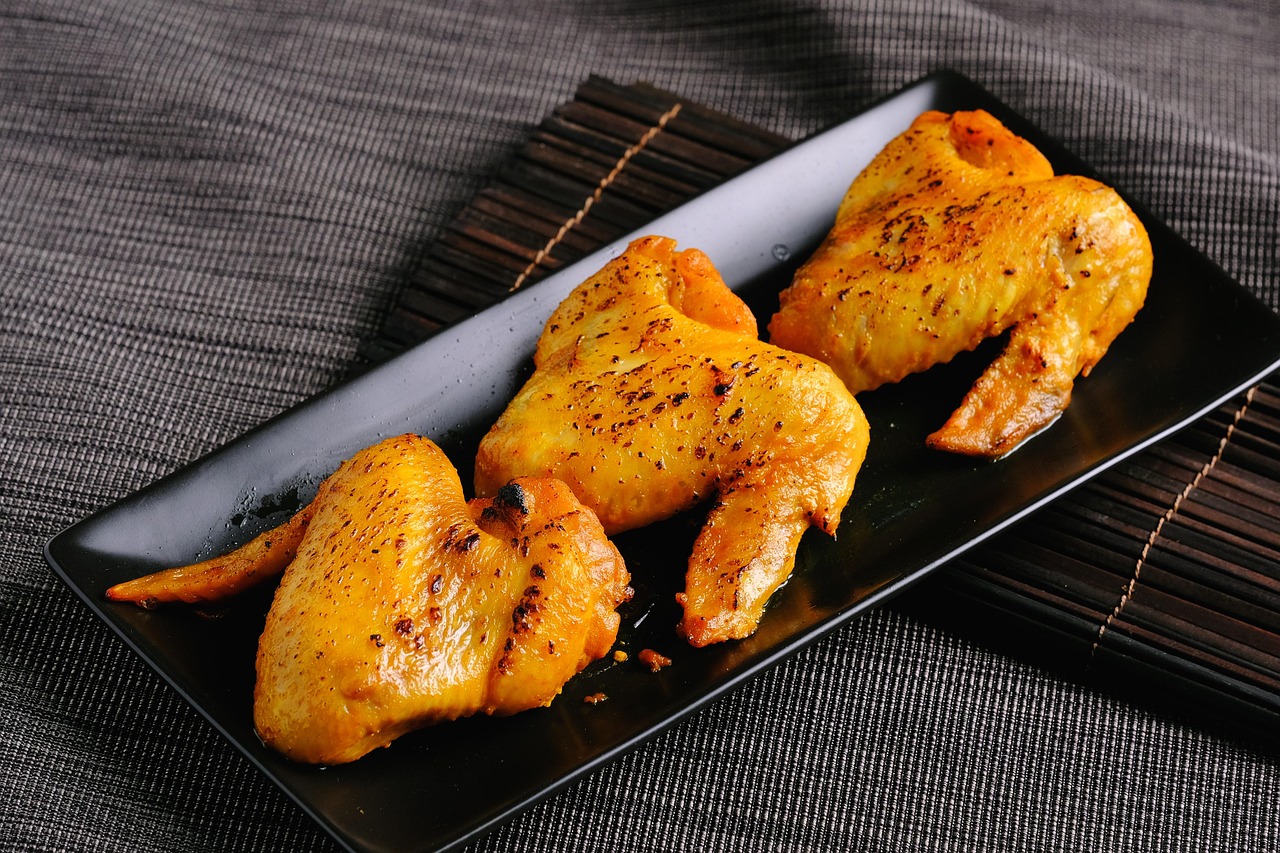10 Old-School Breakfast Tricks Passed Down For Generations
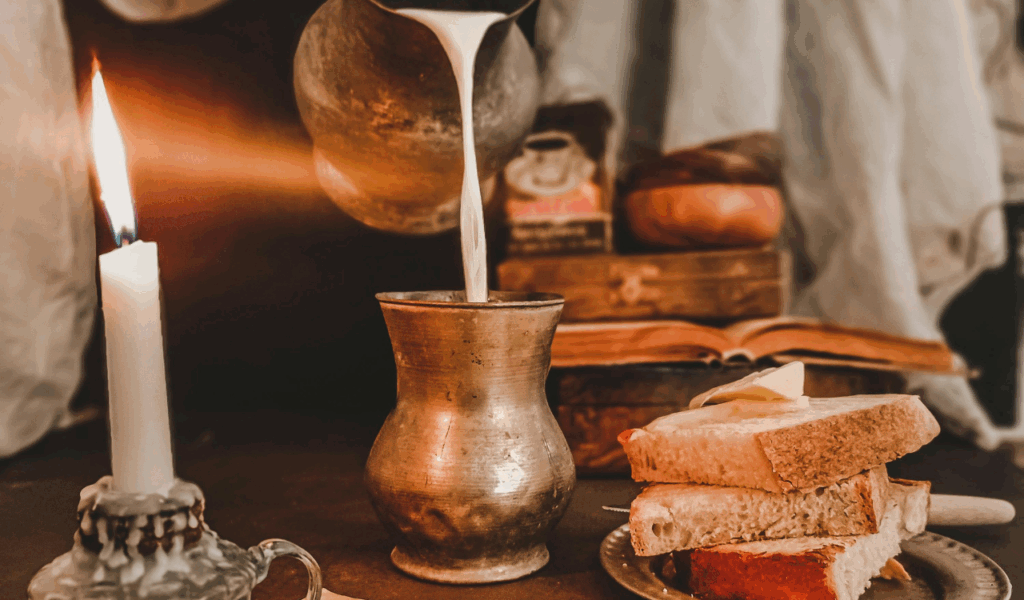
Breakfast is more than just a meal; it’s a custom based on morning routines and family customs. Some breakfast tips have endured through the ages and cultures, transmitted not by cookbooks but by customs, tales, and basic morning knowledge. Even with a small pantry, your grandparents swore by these kinds of tricks that made cooking simpler, meals more delicious, and mornings more filling. Many of these tips were developed out of need, frugal living, or simply old-fashioned taste expertise. It’s easy to forget these ingenious methods that once dominated the breakfast table in the midst of all the contemporary kitchen appliances and popular recipes. However, they are actually just as delicious and useful now as they were decades ago. These tried-and-true breakfast tips are worth rediscovering, whether your goal is to streamline your mornings or bring a touch of nostalgia into your kitchen. Let’s travel back in time and examine ten traditional breakfast preparation methods that continue to enhance the flavor, coziness, and warmth of the most significant meal of the day.
1. Prepping Pancake Batter the Night Before
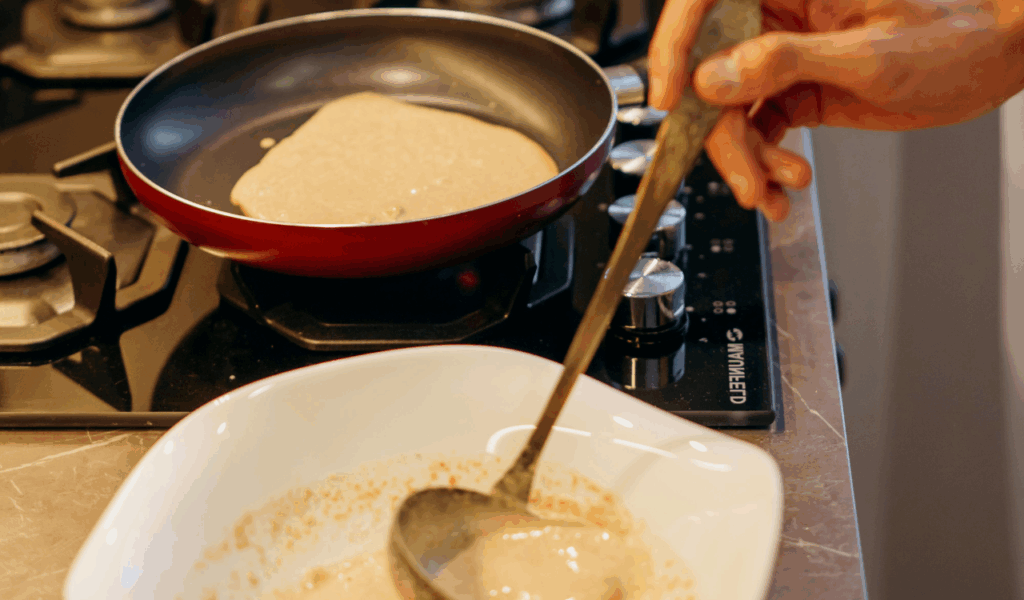
One of those ingenious time-saving tips that doubles the benefits of convenience and improved texture is to make pancake batter the night before. The flour can fully hydrate and the gluten can relax if the batter is left to rest overnight. Compared to pancakes made with freshly mixed batter, this produces a smoother batter and produces lighter, fluffier, and more tender pancakes. Both professional chefs and experienced home cooks employ this technique. Additionally, by allowing any air bubbles to settle, the additional resting time lowers the likelihood of tough, chewy pancakes. Additionally, preparing in the morning is made simpler—just gently stir the batter, preheat your pan, and begin cooking. You can maintain lift, especially for extra-fluffy results, by adding a fresh pinch of baking powder or soda in the morning if your recipe calls for it. When cooking for a group or children, this tip is very useful because it eliminates last-minute rushing. With minimal morning work, simply pour, flip, and serve up a warm, filling breakfast.
2. Adding a Pinch of Salt to Oatmeal at the Start

Although it might seem like a small thing, the taste of oatmeal can be significantly altered by adding a pinch of salt right before cooking. Home cooks who understood the importance of seasoning, even in sweet dishes, loved this time-honored tip. Salt brings out the nuttiness that is often lost without it, balances sweetness, and improves the oats’ natural flavor without making the oatmeal taste salty. When adding toppings to your oatmeal, such as fruit, maple syrup, cinnamon, or brown sugar, this procedure is particularly crucial. Every bite is more satisfying because the salt balances the flavors. By adding it at the beginning of cooking, the salt has time to completely dissolve and seep into the oats, seasoning them from the inside out. This one easy step can transform your breakfast from boring to exquisitely balanced, regardless of whether you’re using steel-cut, quick, or rolled oats. It serves as a reminder that subtle adjustments frequently have the greatest impact on flavor.
3. Reusing Bacon Fat for Extra Flavor
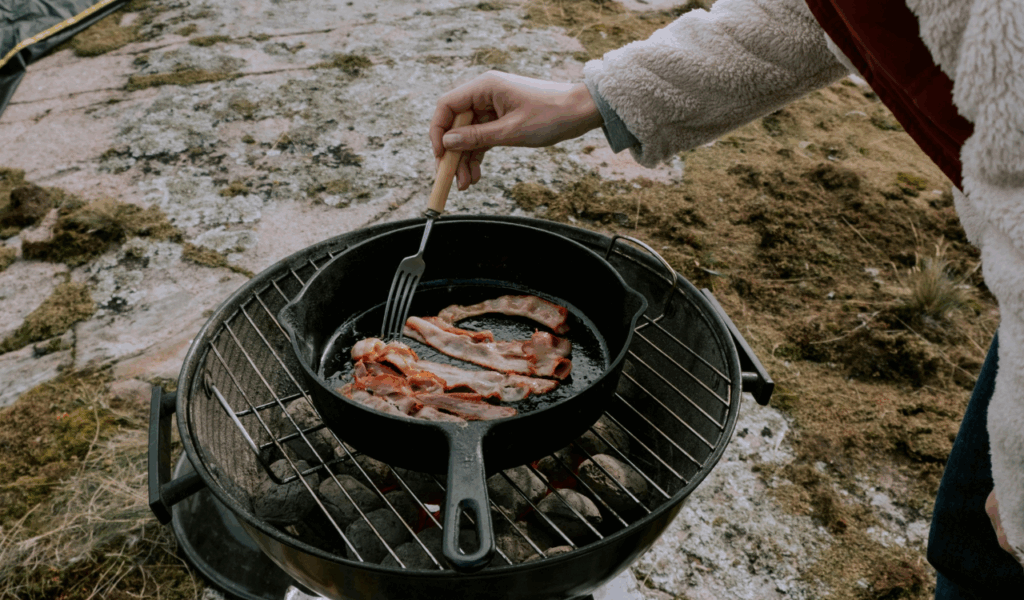
Nothing in the kitchen was wasted in previous generations, particularly when food was expensive or in short supply, especially tasty fats like bacon grease. After cooking bacon, many families poured the leftover fat into a small jar or tin that was kept close to the stove. This golden fat, once cooled and strained, could be used to flavor potatoes, sauté vegetables, or fry eggs. It offers richness, smokiness, and depth that butter or oil by themselves cannot. For example, adding bacon fat to cornbread or biscuits gives them a delicious aroma, and cooking eggs in it adds a savory element. They can taste heartier even with a spoonful in sautéed greens or mushrooms. Just make sure to strain it through cheesecloth or a fine sieve to get rid of any meat fragments, and keep it in the refrigerator in an airtight container. When used sparingly, bacon fat is a potent, time-tested secret weapon that can instantly flavor nearly anything. It’s jarred comfort food magic.
4. Toasting Bread in a Pan Instead of a Toaster
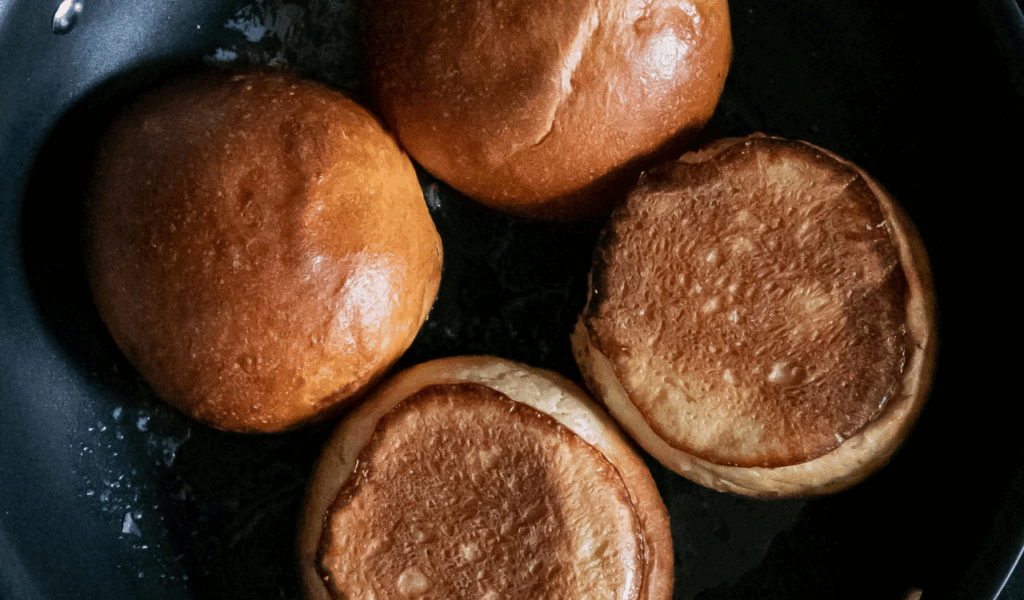
People used to toast their bread in a skillet or right over a flame before pop-up toasters became a commonplace countertop appliance. And honestly? Frequently, the outcomes are superior. In addition to giving you more control over how golden or crispy you want your bread to be, pan-toasting enhances the flavor in a way that is difficult to match. Desire that crust with butter? First, lightly coat the pan with oil or a dab of butter. Even though it’s just a slice of regular bread, the golden, crunchy surface it produces as the bread cooks sizzles and feels decadent. This technique is ideal for homemade bread or rustic loaves because it enables thicker slices that would not fit in a toaster. Additionally, you can enhance the flavor by adding cheese, herbs, or garlic directly in the pan. It’s straightforward but has a significant effect. By using this age-old method, you slow down just enough to savor the occasion and your toast.
5. Warming Plates Before Serving
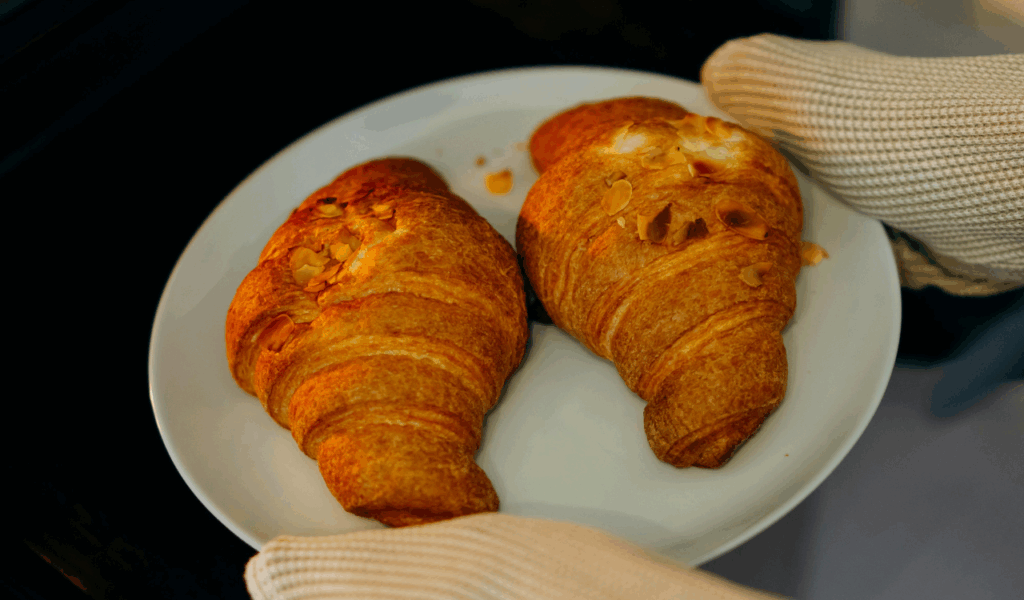
It’s a small gesture with a big payoff: warming your plates before serving breakfast keeps food hotter for longer. This used to be a standard component of meal preparation in many homes, particularly those with large families. It’s particularly helpful when serving foods that cool quickly on a cold plate, like hash, pancakes, or eggs. Particularly when people are eating in shifts or conversing over coffee before starting to eat, a warm plate helps maintain temperature, texture, and overall enjoyment. Plates can be easily dried by running them under hot water, placed in a warm oven (about 200°F or 95°C) for a few minutes, or stacked on top of a simmering pot with a towel between them. It’s the kind of restaurant-caliber trick that elevates even the most informal breakfast to a polished level. This advice, which is frequently given by both hosts and housewives, demonstrates how well-considered presentation can improve even the most basic meals.
6. Using a Splash of Water for Fluffy Scrambled Eggs
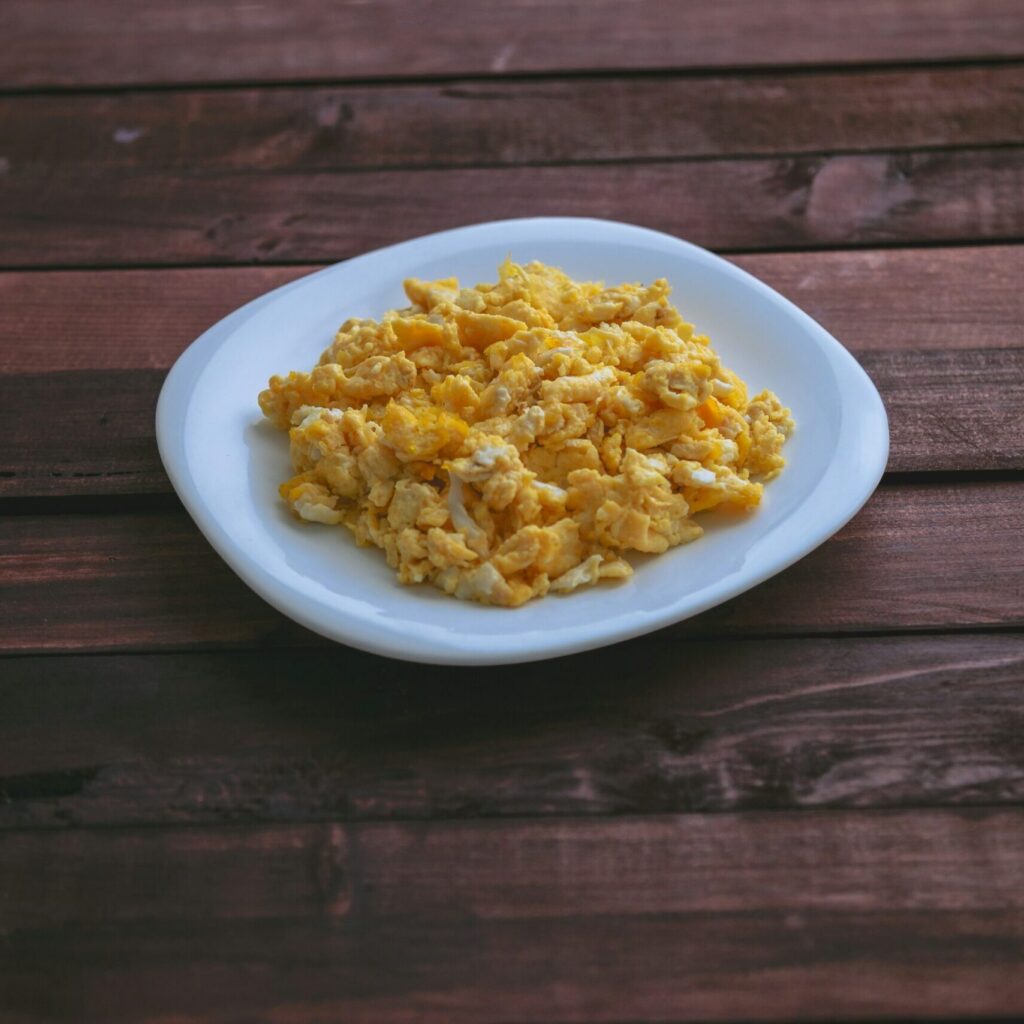
You’ve undoubtedly heard of adding milk or cream to scrambled eggs, but many traditional cooks used something even more basic: a little water. The water turns into steam when it comes into contact with a hot pan, which causes the eggs to gently puff up and become tender, soft, and airy. Unlike milk, which can occasionally make eggs dense or rubbery, this ingenious technique preserves the flavor. Water enhances texture while maintaining attention on the eggs themselves. The secret is to whisk thoroughly before cooking, using only a teaspoon or so per egg. Next, cook with a gentle stir over medium-low heat. The fluffing is accomplished by the steam without the need for additional calories or richness. For those who prefer fluffy, light scrambled eggs without dairy, this method is ideal. It’s a straightforward strategy with maximum impact—just another illustration of how minor adjustments from the past can have a significant influence in the present.
7. Grating Cold Butter into Biscuit Dough

The key to flaky biscuits is cold fat. Additionally, home cooks had a brilliant solution before food processors were invented to pulse butter into flour: they grated frozen butter straight into the dry ingredients. Steam pockets are produced during baking because this keeps the butter uniformly distributed and cold. The reason biscuits rise and flake is because of those pockets of steam. Just freeze a stick of butter and shred it into the flour mixture using a box grater. Before adding your liquid, gently toss the shreds with your fingertips or a fork to coat them in flour. By using this method, overmixing can be avoided, which could result in dense, tough biscuits. Compared to using knives or pastry cutters to cut butter, it is also faster and cleaner. The outcome? Light, layered, and mouthwatering biscuits. Professional kitchens continue to use this time-honored baking method because it is one of the best ways to ensure biscuit success and it works.
8. Serving Leftovers as Breakfast Staples
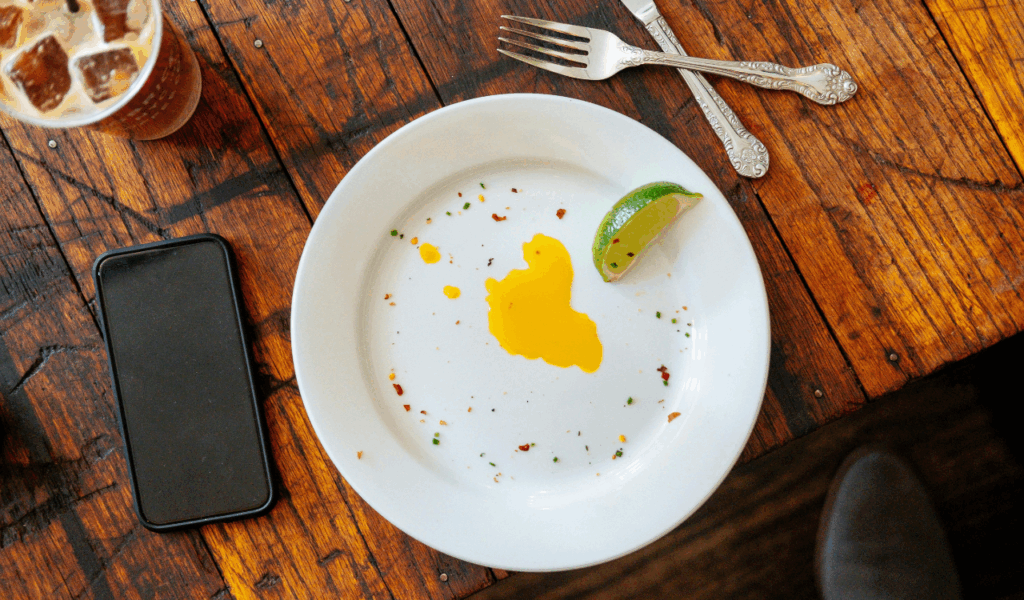
Every meal had a second act in the kitchens of the past, and breakfast was no different. Leftovers weren’t seen as boring or repetitive; they were creative fuel for hearty morning dishes. You could make a warm rice porridge with milk and cinnamon out of a bowl of rice from the previous night. Day-old bread was turned into savory bread pudding or golden French toast, and roasted vegetables were incorporated into omelets. For a satisfying start to the day, even yesterday’s stew could be served ladled over rice or toast. This method was extremely flavorful, economical, and useful. Additionally, it taught generations to be resourceful in the kitchen, discovering new favorites while finding solace in the tried-and-true. Using leftovers for breakfast isn’t just a trendy trick anymore; it’s a sustainable practice that saves money on food and cuts down on waste. Additionally, it adds variety and heartiness to the breakfast table in the most fulfilling way.
9. Covering Fried Eggs for Perfect Yolks

It’s easy to mess up a perfect sunny-side-up egg because the yolk cooks through before the bottom is done, or the whites are too runny. This was resolved by traditional cooks by placing a lid on the frying pan in the final minute of cooking. Without flipping the eggs, the trapped steam gently cooks the tops. This technique keeps the yolks gorgeously runny and intact while helping the whites firm up. It’s a straightforward, infallible technique that consistently produces eggs fit for Instagram. Additionally, it keeps eggs consistent while cooking several without the worry of turning or overcooking them. All you need is a tight-fitting lid, or if one isn’t available, a plate. Your stovetop becomes a miniature steam oven when you cover the pan, producing delicately set whites and that coveted yolk. Once you give it a try, you won’t want to use it again. It’s one of those useful tips that instantly raises your egg game.
10. Making Coffee in Small Batches for Freshness
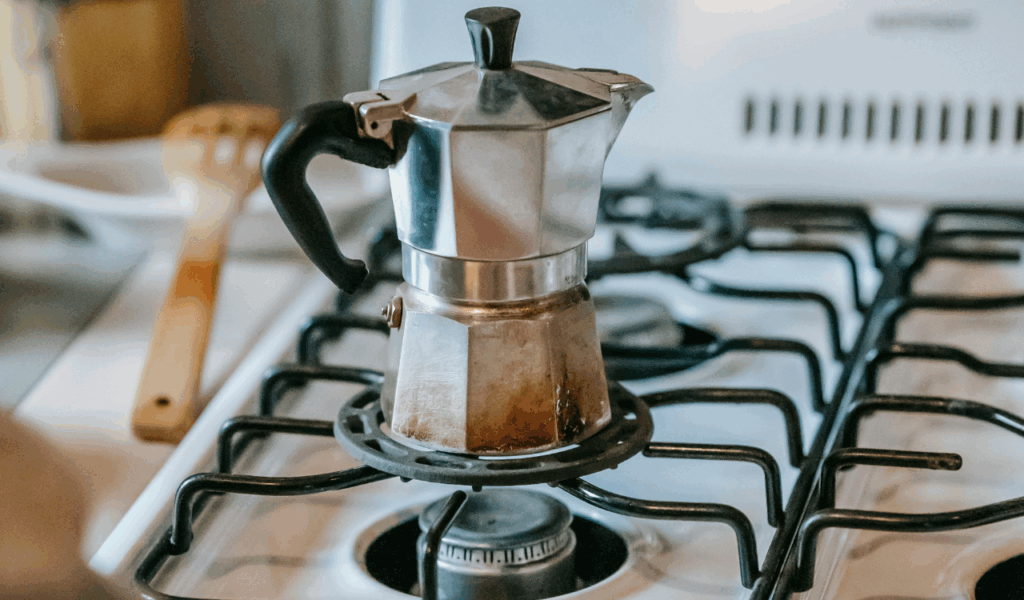
Coffee was frequently brewed in tiny pots, one or two cups at a time, prior to the invention of programmable machines and large drip carafes. Whether it was a moka pot or a stovetop percolator, the emphasis was on quality rather than quantity. By using this technique, every cup was guaranteed to be hot, fresh, and flavorful—not stale or over-steeped. By brewing in small quantities, you can avoid the bitterness that comes from reheating or leaving coffee on a hot plate and increase the likelihood that you will drink it while it’s still at its best. The ritual itself feels more deliberate, and the scent is stronger. This more deliberate, leisurely approach to coffee was as significant to many people as the beverage itself. By using this trick again today, you can enjoy the moment rather than hurrying through it. A smaller batch ensures a better brew and a better start to your day, regardless of whether you’re using a stovetop, French press, or pour-over maker.
